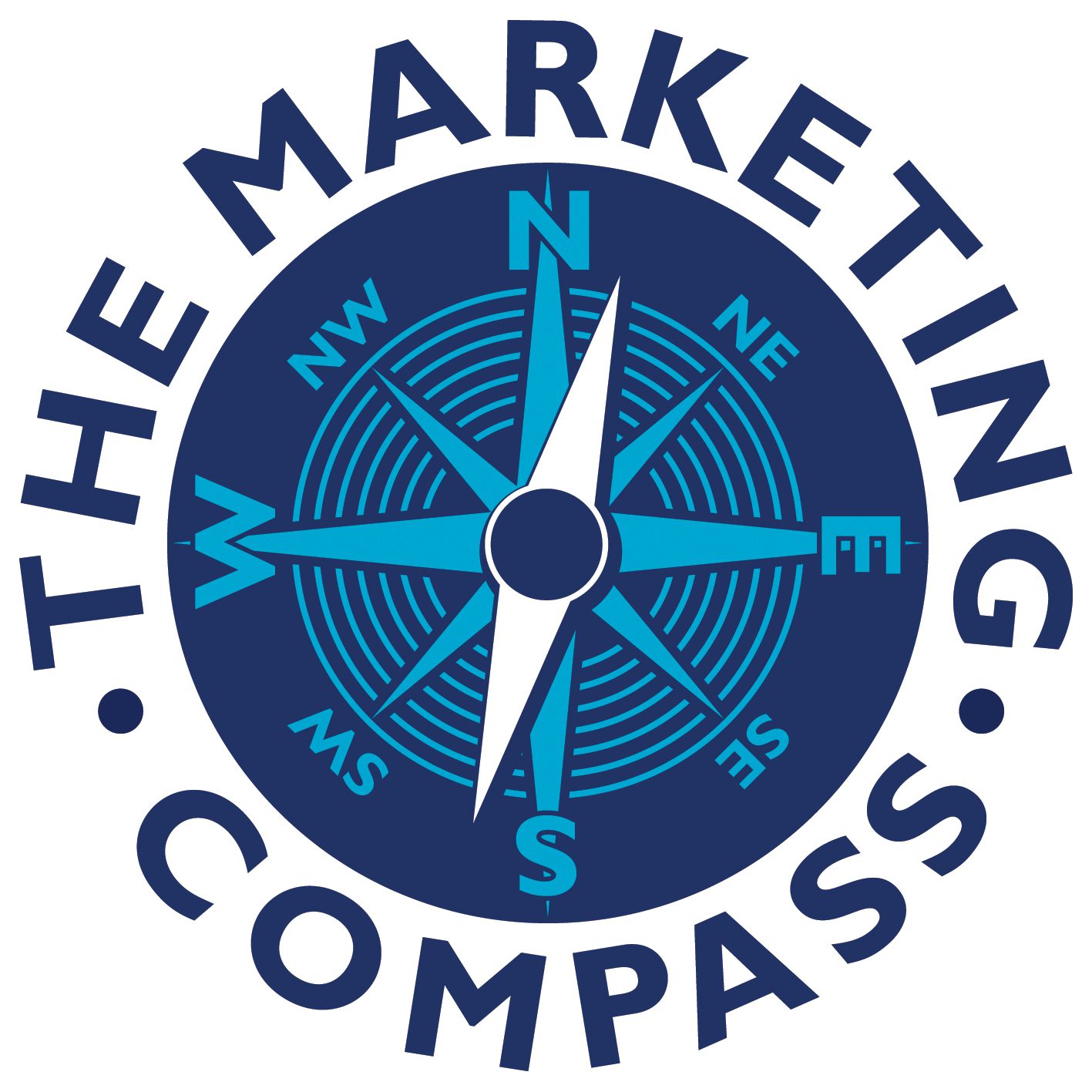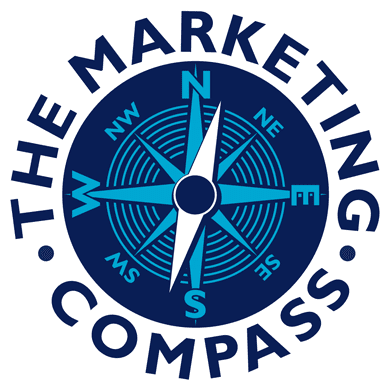I know that you are probably inundated with emails, however, email is a wonderful invention, isn’t it? You can instantly send a personalised message to anyone on the planet who has an email address. You can use email marketing to build relationships with potential customers, before they buy from you. You can also use it to follow-up, which is a key marketing principle.
Email marketing includes email newsletters and e-shots. An email newsletter is sent out regularly (we will discuss frequency shortly). It should be well written, grammatically perfect, helpful, interesting and informative. An email newsletter is usually produced using HTML – in order to include colour, images etc.
A pre-designed template can be used, which is then filled in. An e-newsletter can help you to build brand awareness; create a larger following on the social networks; stay in touch with customers and, of course, make more sales.
On the other hand, e-shots can be sent out sporadically. An e-shot is usually trying to sell something or persuade the reader to take action. You’ll get better results from your e-shots if they are sent to people who already receive your email newsletter. The challenge, of course, is the rise in the number of incoming emails which we all receive. Newsletters, announcements, invitations to join new communities and spam messages invade our inbox every day. Many of these emails use a ‘push’ approach – to try and persuade us to buy something.
Have you noticed that whatever you push against in life, pushes back at you?
Here are some thoughts with regards to email marketing strategy:
Objectives
Why are you using (or considering using) email marketing within your promotional mix? What are your objectives? Greater brand awareness? Customer acquisition? Customer loyalty? Sales enquires? Sales? Something else?
Goals
Write down specific goals, i.e:
* Profile the type(s) of subscribers you want on your list. This information should come from the market segmentation part of your marketing plan. If you market to consumers, define the following factors: age; gender; socio-economic group; geographical location; and need. For B2B marketing, the factors include: business type & size; job title; geographical location; and need.
* How large do you want your list to be? Write down a target size, i.e: 500 / 5,000 / 50,000 / 1 million
* When do you want to reach milestone points, with regards to list size?
* How often do you plan to send out emails?
* What is the target open rate for your emails?
* What is your target click through percentage?
You are welcome to ask questions via The Marketing Compass community.
I am a MailChimp email marketing trainer by the way.

